STREAM Activity: Measuring Nature
Make observations about the nature around you!
Activity best for children ages 2 and up
What do you think of when you hear the word “nature”? Do you think of plants? Playing outside? Nature is what you can find outside that was not created by people, like trees, flowers, and even plants. Nature is very big and vast that there is so much to explore! But have you ever noticed that some plants, even if they’re the same kind, can be different sizes from each other when you compare them? Plants are unique, just like people–they are not always the same. Plants that we find in nature have all different shapes and sizes, some plants being bigger than others. But just how big? Which plants are smaller? Longer? Have more petals?
Today, we are going to be scientists and make observations about nature around us. We will get to explore our surroundings, take measurements of plants we can find, and make comparisons! Let’s go outside and measure nature!
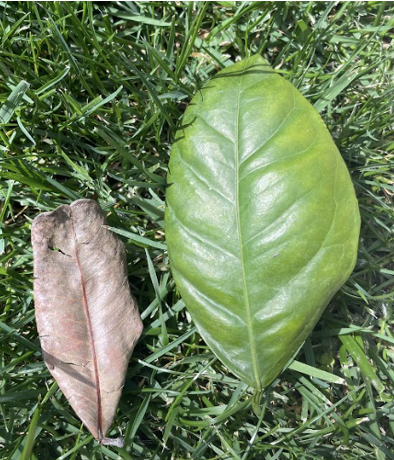
Materials:
Measuring tape or ruler
Guiding Questions:
What was the biggest plant that you were able to measure? How long or tall was it?
Which plants were easy to measure? Which plants were harder to measure?
Have you spotted any plants that provide a good home or habitat for other insects or animals?
Directions
Step 1
Go outside and explore the nature around you. You can explore your backyard, around your neighborhood, the park, or anywhere there is nature!
Step 2
Find 2 trees and place your measuring tape around the tree trunk. Compare the sizes of the two trees and see which one has got the biggest tree trunk!
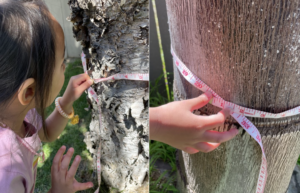
Step 3
Find 2 different flowers and count how many petals they have. Which flower has more petals?
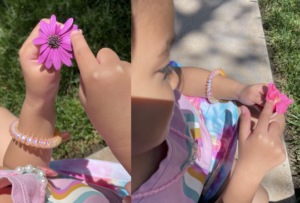
Step 4
Search for the BIGGEST leaf you can find and measure how long it is.
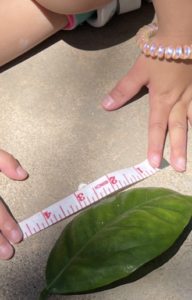
Step 5
Search for other leaves that could be bigger than the first one you had found. You can measure the other leaf/leaves that you ended up finding.

Step 6
Compare the two leaves side-by-side and observe which one is bigger.
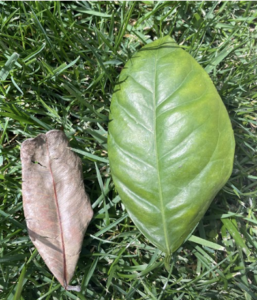
Grown Ups-Are you looking for more ways to extend your child’s learning? Check out these extension activities to build upon today’s STREAM activity!
Reading Connections
“Inch by Inch” by Leo Lionni
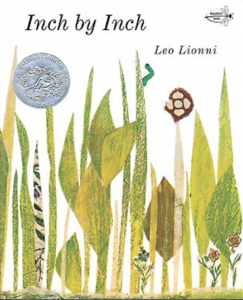
Science Connections
Scientists must gather information, do experiments and make observations. This process is important in trying to better understand a concept or to learn more about something.
Real World Connections
Many things we do in our daily life involve measurement, like making sure we have the right measurements for ingredients when baking or when engineers and architects need to measure materials or buildings.
Share your measurement findings with us on Instagram by tagging @sdcdm320!
Questions about this activity? Email education@sdcdm.org

